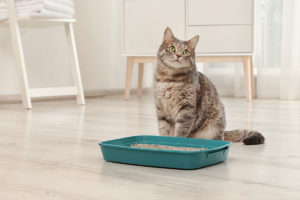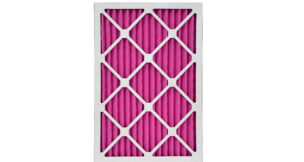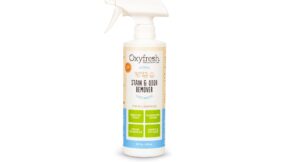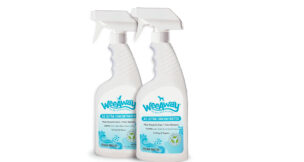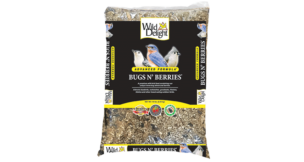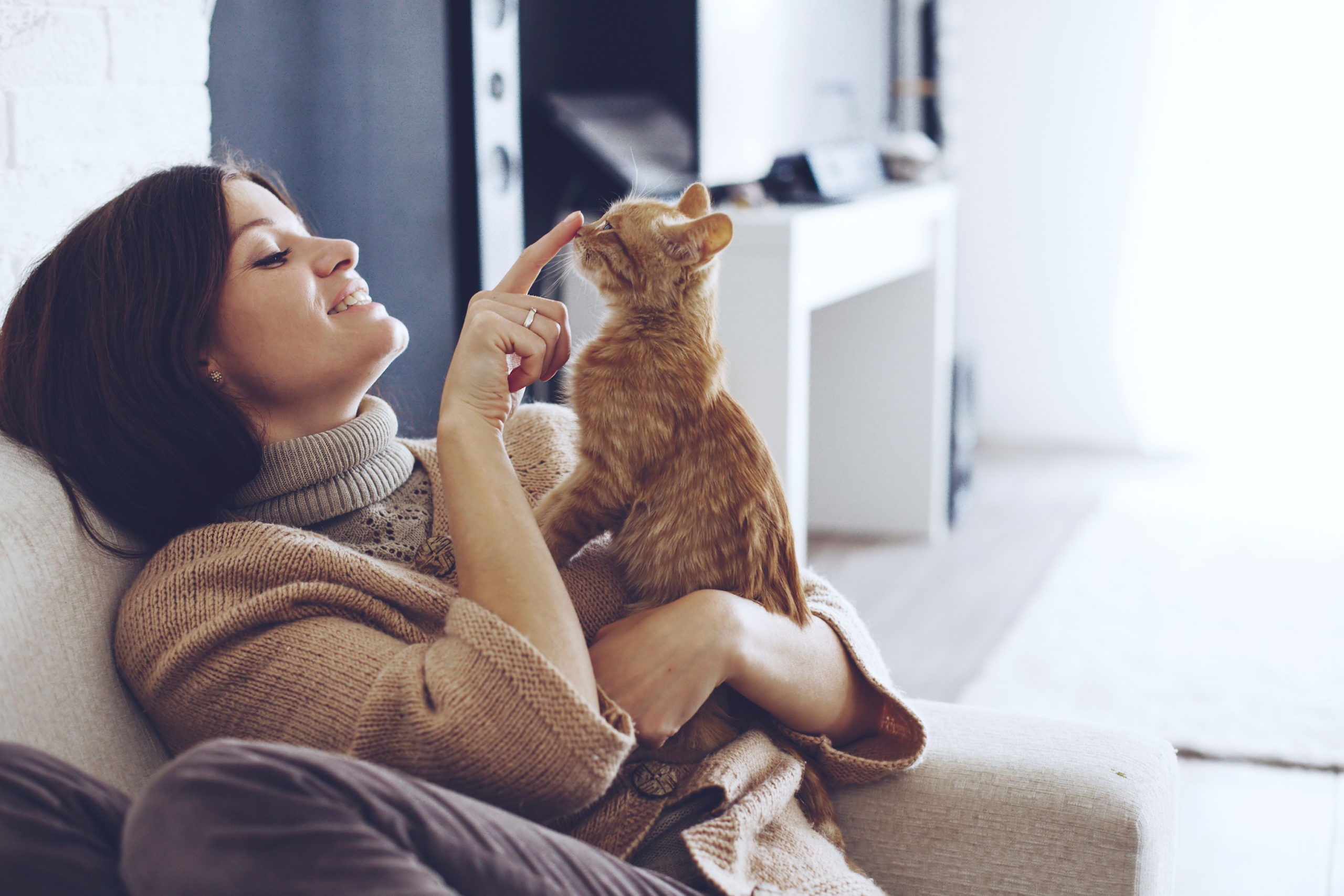
Feline Herpes Virus: How L-lysine Can Help FHV-1
By Sandy Robins
The Feline Herpes virus (FHV-1) is a highly contagious virus with flu-like symptoms that causes upper respiratory infection in cats, irritating the ocular and nasal regions. Like the human herpes virus, it remains present in the cat’s nervous system for life, occasionally flaring up during periods of stress.
“It’s definitely more common in cats from shelters because it’s so highly transmissible and many of these cats are stressed and can be immunosuppressed,” explained Brian McLaughlin, DVM, national technical services manager for Vetoquinol USA. “Kittens can be infected as early as the first two weeks of life and usually infected by five-to-eight weeks of age. Meanwhile, adult cats can become latently infected and carriers for life, shedding the virus intermittently with or without clinical signs of disease.”
“While most cats spontaneously recover from a first-time FHV-1 infection within 10 to 14 days, approximately 80 percent will go on to become chronically infected and may be contagious even in the absence of clinical signs. Nevertheless, FHV-1 doesn’t infect people or any other species,” he added.
How is FHV infection diagnosed?
First-time infections with FHV-1 usually occur in neo- natal kittens or young cats. The presence of typical signs of URI is enough for a presumptive diagnosis. Typical signs include:
- Fever
- Lethargy
- Decreased appetite
- Nasal discharge
- Swelling and redness around the eye (conjunctivitis)
- Discharge from the eye
In some kittens, conjunctivitis can become severe enough to cause the soft tissues of the eye to adhere to surrounding tissues. This can result in chronic eye discharge from blocked tear ducts, third eyelid elevation/protrusion and other long-term eye problems. FHV-1 may also cause damage to the outer layer of the eyeball (cornea) called ulcers. Occasionally, pneumonia can develop from FHV-1 infection as well.
Treatment and Management
Unfortunately, there is no cure for FHV-1 and thus once diagnosed, a cat requires close veterinary attention. If the cat or kitten isn’t eating or is dehydrated, an appetite stimulant and fluid supplements may be required. It’s very important to wipe away any discharge from around the eyes to prevent irritation to the skin surrounding the eyes. If congested, some cats may benefit from humidifier treatments.
Vaccinations
Vaccination for FHV is important for all cats. Kittens should receive the first shot starting at around eight weeks of age followed by a booster at 12 months of age, and further booster vaccines every one to three years. While vaccination doesn’t necessarily prevent infection, it will greatly reduce the severity of clinical disease.
L-lysine Supplementation
In published veterinary studies, L-lysine supplementation has been shown to help reduce the severity of clinical signs in herpes infected cats and reduce shedding.
“L-lysine is an amino acid that is thought to help suppress viral replication which can reduce clinical signs and shedding of the virus. It is well tolerated by most cats and appears to carry little or no risk from use,” explained McLaughlin. “Usage is advocated by many veterinary specialists particularly in chronic cases of FHV-1.”
Tomlyn’s Immune Support L-lysine supplement is available as a soft chew, gel or powder to be added to food.
Because each cat’s symptoms of the disease are individual, it’s important to have a discussion with your cat’s veterinarian before introducing this supplement to your cat’s diet.
Further, prevention and control lie in maintaining good hygiene practices, such as washing hands after handling another cat and limiting contact with other cats when possible.





